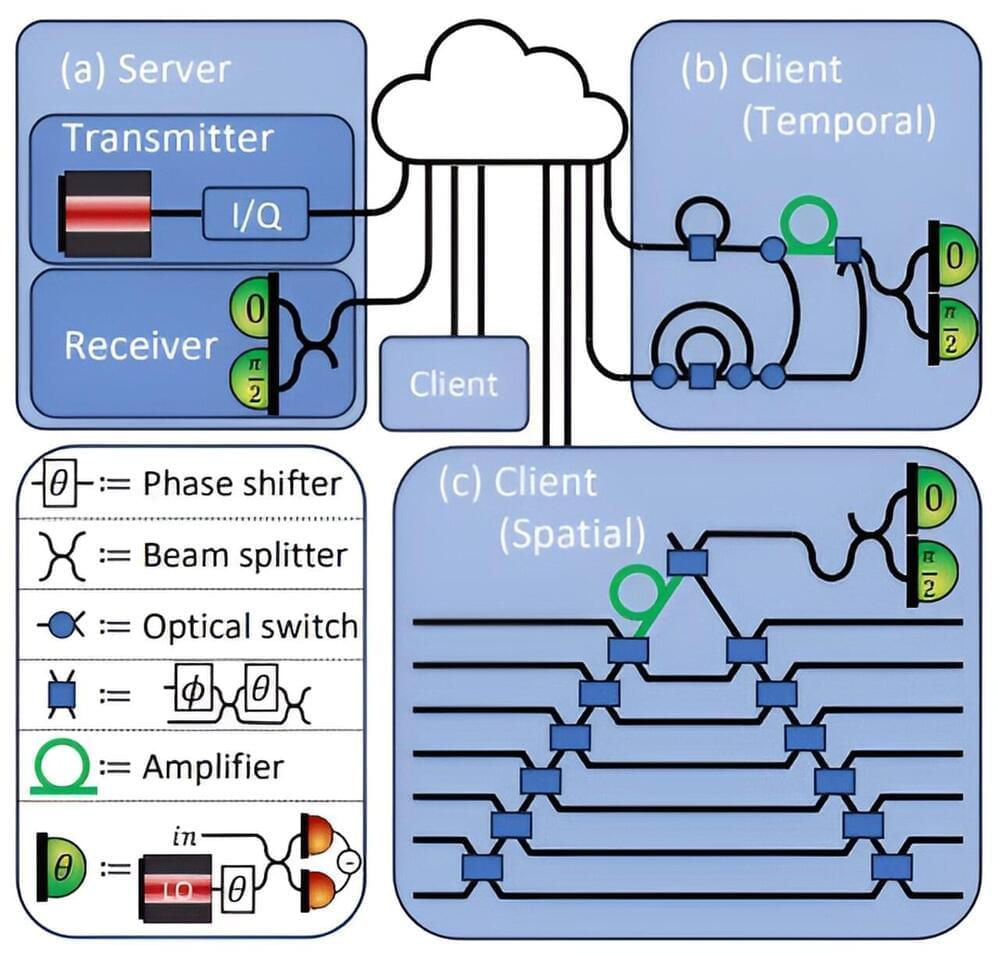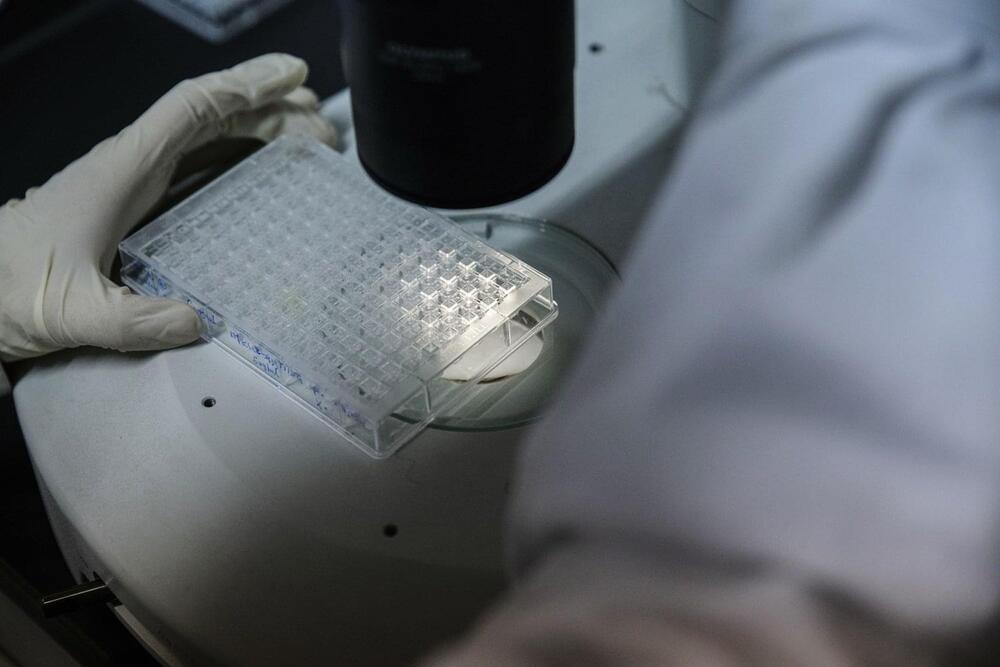Google’s new security pilot in India automatically blocks sideloading of risky Android apps, protecting users from malicious installs.





marking a critical milestone in ULA’s path toward certifying the Vulcan Centaur for national security missions with the U.S. Space Force.
The Vulcan VC2S rocket is set to launch the Cert-2 mission from Space Launch Complex-41 at Cape Canaveral Space Force Station, Florida, during a launch window on Friday, October 4, 2024, between 6:00 and 9:00 a.m. EDT.
This mission includes an inert payload and key technology demonstrations for the Centaur V upper stage.

In this episode of The Cognitive Revolution, Nathan interviews Samo Burja, founder of Bismarck Analysis, on the strategic dynamics of artificial intelligence through a geopolitical lens. They discuss AI’s trajectory, the chip supply chain, US-China relations, and the challenges of AI safety and militarization. Samo brings both geopolitical expertise and technological sophistication to these critical topics, offering insights on balancing innovation, security, and international cooperation.
Apply to join over 400 Founders and Execs in the Turpentine Network: https://www.turpentinenetwork.co/
RECOMMENDED PODCAST:
Live Players with Samo Burja.
The \

“To be able to manage important aspects of my environment and control access to entertainment gives me back the independence that I’m losing,” Mark said.
The chip sits on a blood vessel and senses his brain activity, which is then translated into specific commands and sent to his digital devices for recognition. In a video shared by Synchron, Mark is seen mentally tapping on icons on his devices, ordering Alexa to turn the lights on and off, and checking his security camera to see who is outside — all without using his hands or voice.
“Synchron’s BCI is bridging the gap between neurotechnology and consumer tech, making it possible for people with paralysis to regain control of their environment,” Thomas Oxley, the company’s chief executive, said. “While many smart home systems rely on voice or touch, we are sending control signals directly from the brain, bypassing the need for these inputs. We’re thrilled … to address a critical unmet need for millions of people with mobility and voice impairment.”



White House declares BGP security issues a national priority – BGP handles routing for the entire internet.
A Dangerous Network: The Border Gateway Protocol has been the primary routing technology for the internet for at least three decades. Like other fundamental internet protocols developed in the 1980s, BGP was not originally designed with security in mind – and it shows.
After numerous incidents related to traffic routing among different autonomous systems, the White House has decided to address the security issues of the Border Gateway Protocol. The US administration has tasked the White House Office of the National Cyber Director with developing a roadmap to enhance the security of routing procedures managed through BGP.
The venerable BGP is one of the most fundamental protocols that emerged alongside the modern internet, according to a White House press release. This standardized technology provides a practical way for over 70,000 independent networks or autonomous systems to collaborate and exchange data packets effectively. Cloud providers, internet service providers, universities, utilities, and even government agencies rely on BGP to connect the internet we know today.